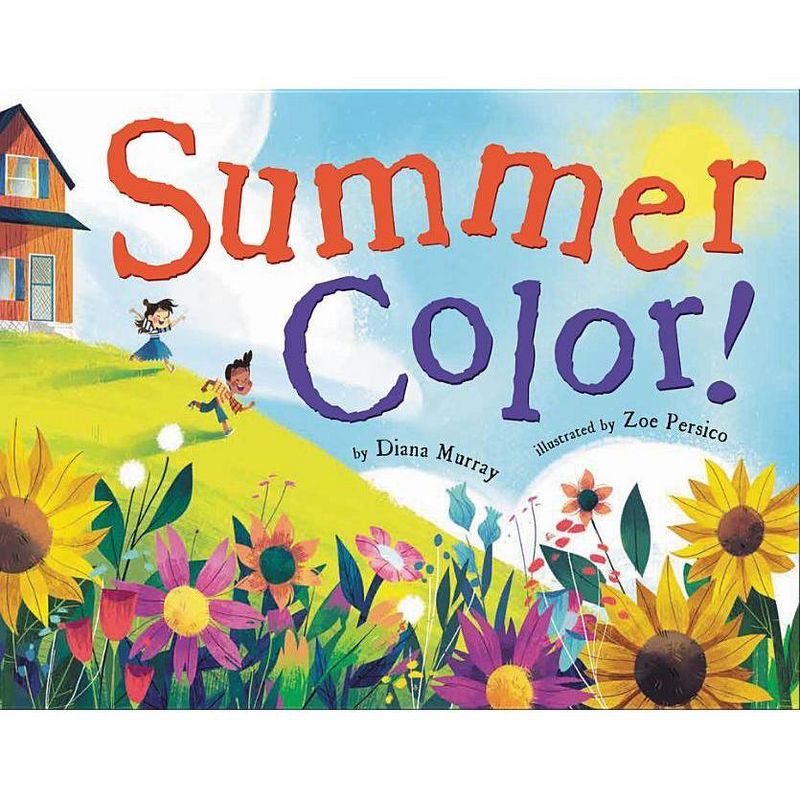Summer Color
Celebrate summer! Using the following picture book as inspiration, search for natural items of each color that you identify with this season.
Capture photos and use them to create a book about color or a slideshow with or for children. Be sure to label the color and the object or include a repetitive sentence to build literary skills. Create a scavenger hunt and check off how many different items you find of each color.

All ages will enjoy mixing yellow and red paint (primary colors) to create orange (a secondary color), as well as the tertiary or intermediate colors which fall between them. Then add black and white paint to create shades and tints of orange. Blue is across the color wheel from orange and is known as its complementary color. Many sports teams wear complementary colors. Why? What happens when you mix blue and orange together?
Scientists describe their observations using physical traits, one of which is color. Color is also used to classify both living and nonliving things.
Such a great story about creativity! Use it to jumpstart an engineering activity in which students design and build 3D facades of their dream houses. Go here to view full screen.
Go here to view full screen.








